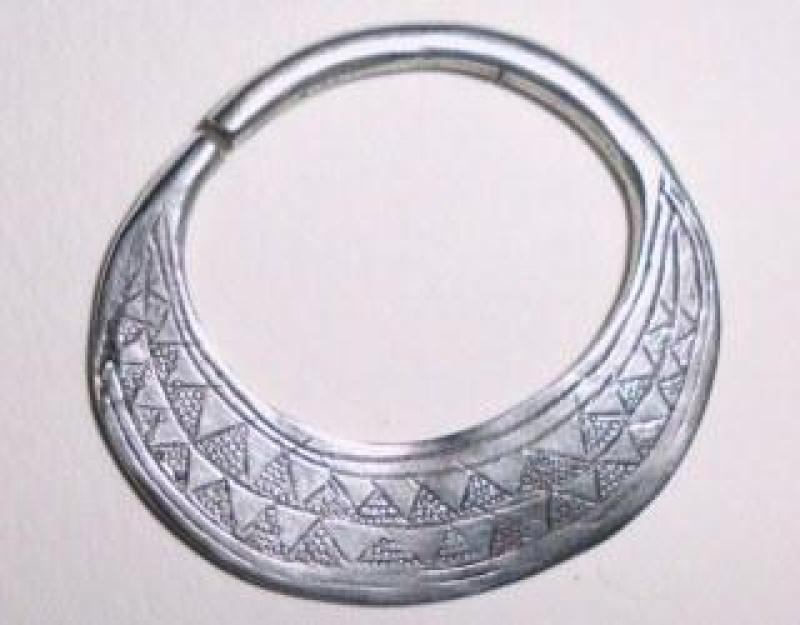Trade Silver: Analyzing Trade Goods Desired by Native Americans
Lesson Plan
Created by Ethan Hamilton

Grade Level:
8
Estimated duration of lesson:
One Period (leading up to the French & Indian war)
The content standards:
Topic Historical Thinking and Skills: Historical thinking begins with a clear sense of time – past, present and future – and becomes more precise as students progress. Historical thinking includes skills such as locating, researching, analyzing and interpreting primary and secondary sources so that students can begin to understand the relationships among events and draw conclusions.
Content Statement 1. Primary and secondary sources are used to examine events from multiple perspectives and to present and defend a position.
Topic Human Systems: Human systems represent the settlement and structures created by people on Earth’s surface. The growth, distribution and movements of people are driving forces behind human and physical events. Geographers study patterns in culture and the changes that result from human processes, migrations and the diffusion of new cultural traits.
Content Statement 15. The movement of people, products and ideas resulted in new patterns of settlement and land use that influenced the political and economic development of the United States.
The Primary Sources Used
- Nose ring
- Trade Silver Crosses
- Native American Image - Joseph Brant (Thayendanegea), 1743-1807
A summary of the lesson
Students will analyze both images of trade silver and/or practical pieces supplied by the teacher. Students will begin the lesson by looking at the different items, analyzing them, then, hypothesizing why Native Americans found value in such items, that most white Europeans felt were trivial. Then students will be asked to explain why seemingly worthless items hold value and importance to people.
Instructional Steps
- Show the to the class.File
- Ask - “What are these?” - write responses on the board.
- Share the Native American Image with the class and explain that the answer lies somewhere in the image.
- Have the students in table groups complete the Artifact Analysis Worksheet. Split the table into two smaller groups, each completing one of the Artifact Analysis Worksheets.
- Save the final questions relating to today’s culture…we’ll get to that at the very end!
- Once students have completed the Artifact Analysis Worksheet have them have a guided discussion about why we find value in things today, using handout.
Why would Native American’s find value in things like trade silver?
- To show relationships (connections)
- Status
- Importance within the tribe
- Trade items
Complete the object Analysis portion of the asking about how does this compare to today’s society. Are we that much different than Native Americans 300 years ago?
Worksheets or other materials for using the primary source(s).
A post-assessment and its scoring guideline
The post assessment is based on the final two questions from the Artifact Analysis Worksheet; following the final step of the lesson. Scoring is below.
List any materials needed by teachers
Material Culture Analysis Worksheet
Artifact Analysis Worksheet
Trade Silver Pieces and/or images
Comics, baseball cards, or collectable erasers--or just the provided images.
Post-Assessment Rubric
List any materials needed by students
- Material Culture Analysis Worksheet
- Artifact Analysis Worksheet
- Pencil
- Text
